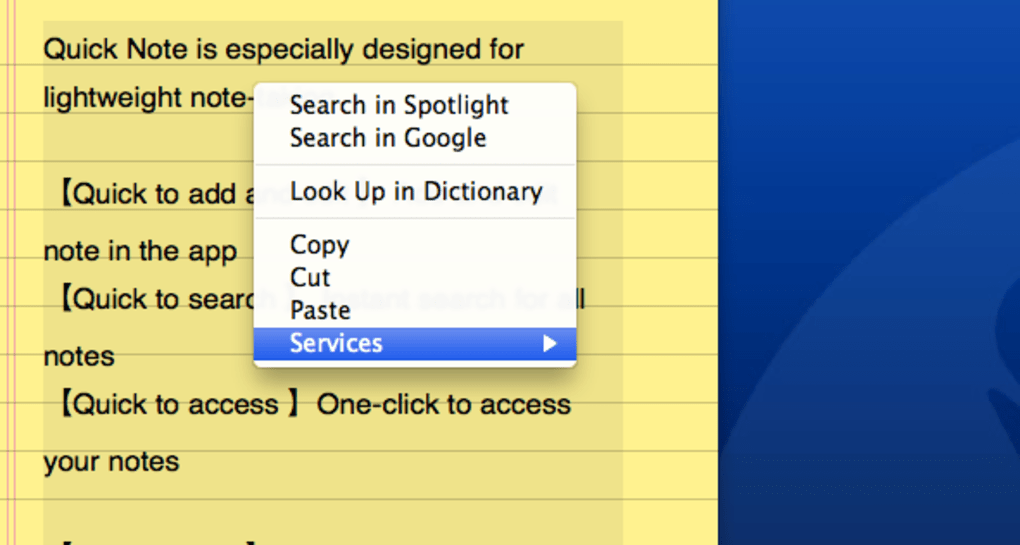

#Quick note diigo free
If you or your students are not using Diigo, I encourage you to set up an educator account (there is a basic free account) and get started. I’d like to share it not only with my students, but with all of my readers.
#Quick note diigo how to
Thus, the creation of a new Diigo tutorial (I use Clarify-It for most of my static tutorials now–it’s super quick and easy to use) to show how to annotate web pages and make comments on various content. But I find some still need additional support and tutorials to help them use these tools. From here, I introduce them to annotating websites, by commenting directly on their learning logs they begin to create in WordPress. I encourage students to begin with baby steps, first joining a Diigo class group, exploring the tools available for educators, and bookmarking/sharing websites related to educational technology. I introduce this tool in my EDTECH 501: Introduction to Educational Technology course, but I find some students have difficulties even understanding what Diigo is and how it works. It has been a powerful personal social bookmarking tool for many years.Diigo, an awesome social bookmarking, annotation, and networking tool, can often be a bit overpowering and intimidating to learn.

Here you will find some basic guidance and links to resources on how to use Diigo for teaching, training, learning and development.ĭiigo is an important tool for organising, storing and sharing research results. Saving notes to what I read and re-use to create contents or use for instruction or solve a problem.” Facilitator of Peer Learning Programs, France, 2019 Quick Guide to Diigo Can also create organized lists of resources under a single topic.” Anon, 2020 “Nice tool for collecting and organizing web resources. “knowledge compendium, easy to group by topics, tagging is an asset when retrieving information” Director Knowledge Management, Austria, 2020 “It is my personal library – without it I would feel lost” Joitske Hulsebosch, Adviser Online Learning, The Netherlands, 2020

Diigo is how I collect links for my bookmarks posts.” Christy Tucker, USA, 2021 When I read something interesting, I bookmark it so it’s easy to find and refer to later when I need it. Reading a lot is great, but I also need a way to find sources again when I need them. “Diigo is where I bookmark links and make notes. “knowledge compendium, easy to group by topics, tagging is an asset when retrieving information” Director Knowledge Management, Austria, 2021 It also forms my electronic brain, holding years worth of tagging (since 2012).” Britt Watwood, Academic, Canada, 2021 “I continue to use a private Diigo group in my Masters class to collectively gather material for students to use in writing papers on attention, memory and thinking aspects of edtech. I have reviewed some other bookmarking tools, but none of them have quite the combination of features I want, including highlighting relevant sections.” Christy Tucker, Learning Experience Design Consultant, USA 2022 As much as I like it and it has worked well for me, I worry that the app hasn’t been updated in a while. This is one tool that I may replace in the next few years though. Diigo is how I collect links for my bookmarks posts. “Knowledge compendium, easy to group by topics, tagging is an asset when retrieving information” Director, Knowledge Management, Austria, 2022 Rankings in the previous surveys: 2021: 68 It lets you make personal notes and highlight text on web pages and share them with others. Diigo is a social bookmarking, research and knowledge sharing tool.


 0 kommentar(er)
0 kommentar(er)
